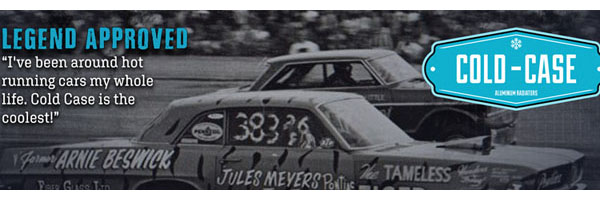Quote:
Originally Posted by "QUICK-SILVER"

Minimum thickness, for vented rotors, doesn't count if one side is thicker/thinner than the other.
One side could be safe while the other side is an accident looking for a place to happen.
Clay
|
Correct. As a rule of thumb, measure the total thickness in a non-grooved area, then if you have a real rotor mic, measure in the worst grooved area. You have .030" per side to work with and material should be removed equally from both surfaces with a sharp cutter. Minimum thickness is just that, the minimum. You should machine to .030" of the minimum or more, leaving .030" for wear by the final set of pads. Generally, at my shop, we don't machine passenger car and light truck rotors anymore. They are so thin, low quality to begin with, it's more cost effective and makes for a better brake repair to just replace them. Exceptions are very expensive import luxury vehicles where each rotor is specific for the fin cooling angle, and they are very expensive. Lexus SUV rotors are $500-600 a set of 4. Same for BMW, Mercedes and others. Japanese, Korean, and USA vehicles are generally under $45.00 each for premium new rotors. We charge $25.00 each to machine them, so for $60.00 more on average, you get 4 new rotors.










 Linear Mode
Linear Mode



